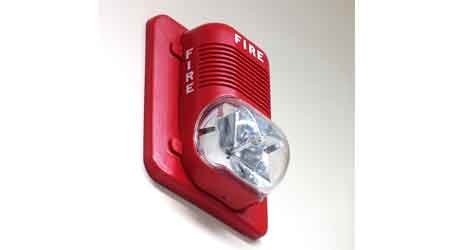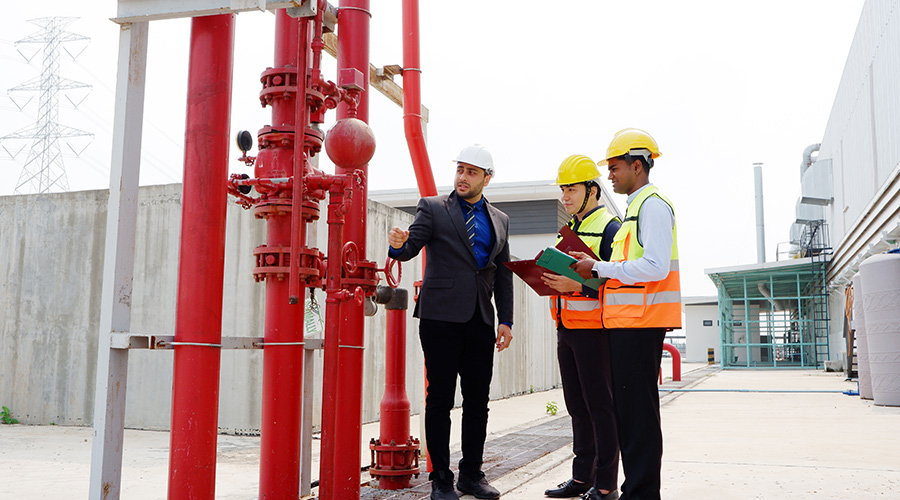Alterations, New Occupant Can Affect Code Compliance
Part 2 of 4-part article on anticipating and responding to fire/life safety upgrades
An Alteration — Defined as any construction or renovation to an existing building other than a repair or addition. Alterations are classified as Level 1, Level 2, and Level 3.
Level 1 alterations include the removal and replacement or the covering of existing materials, elements, equipment or fixtures using new materials, elements, equipment or fixtures that serve the same purpose. An example of a Level 1 alteration would be the one-for-one replacement of sprinklers based on the upgrade of the suspended ceiling from an acoustical ceiling tile assembly to a gypsum ceiling. Specifically, the owner may have requested concealed-type sprinklers that are painted white in place of the existing semi-recessed pendent sprinklers that were chrome plated. The new system/component would be required to be installed in a manner that maintains the level of fire protection provided.
Level 2 alterations include reconfiguring of space, the addition or elimination of any door or window, the reconfiguration or extension of any system, or the installation of any additional equipment. For example, the reconfiguration of the fire alarm notification appliances and sprinklers based on the reconfiguration of a large open space to smaller offices and work rooms would be a Level 2 alteration. The additional notification appliances and sprinklers would be required to be installed in accordance with the referenced applicable installation standards of the International Existing Building Code.
Level 3 alterations apply where Level 2 work areas exceed 50 percent of the aggregate area of the building.
A Change of Occupancy — Defined as a change in the level of activity or purpose within the building and must comply with the Change of Occupancy chapter in the IEBC. A portion of an existing building that is changed to a new occupancy group and that is separated from the remainder of the building with fire barriers having a fire-resistance rating as required in the IEBC or the separate occupancy is required to comply with all the requirements of the Level 3 alteration chapter and change of occupancy chapter. Where the portion of the building changed to a new occupancy is not separated from the remainder of the building, the requirements set forth in the Level 3 alteration chapter and change of occupancy chapter must be applied throughout the entire building.
Additions or Alterations — Additions or alterations to any building or structure must comply with the requirements of the applicable building code for new construction. Portions of the structure not altered and not affected by the alteration are not required to comply with the code requirements for a new structure.
| Preventing Catastrophe is ITM Goal
The most important aspect of any fire protection system once it has been installed and accepted is to perform the appropriate inspection, testing, and maintenance (ITM) on the system.
Having the right ITM contractor working on your systems is imperative. Research the reputations of the service providers and don’t just assume they are doing a thorough job. In most cases, the ultimate liability of system reliability and functionality is on the owner. Read the ITM reports and be involved with the ITM process, which is intended to prevent and expose catastrophic issues with fire protection and life safety systems.
Have a reliable member of your staff or a trusted contractor perform the required visual inspections and question issues that they report. |
Related Topics:















